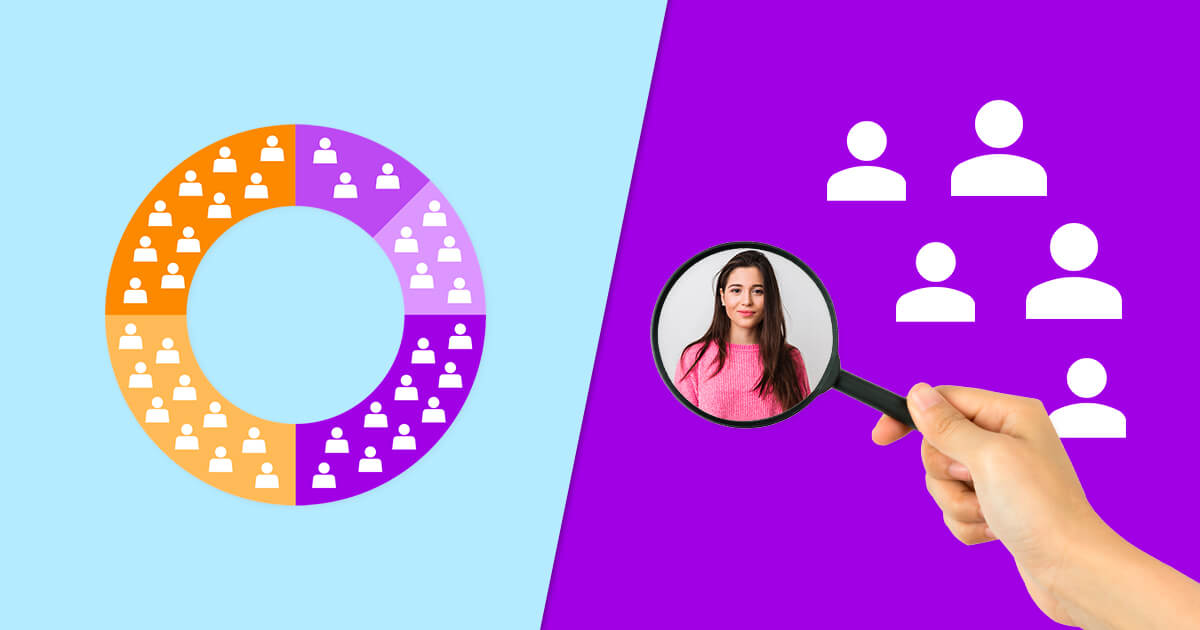What is personalization?
Personalization is a segmentation of a group of customers based on their characteristics — to then make these customers offers which suit them best. The criteria for putting people in one group or another varies from simple demographic factors (such as age, gender or occupation) to more complex, like interests and purchase history .
A straightforward, yet powerful, example of personalization is Coca-Cola’s 2011 “Share a Coke with” campaign which put first names on their bottles. This was an attempt to connect with millennials on a more personal level and it paid off: Coca-Cola saw their first rise in sales in 4 years.

























